Reasons Why It Won't Heat Up and How to Fix Your Wolf Oven

Wolf Oven Not Heating? A Troubleshooting Guide for Homeowners
Your Wolf oven is the heart of your kitchen, a professional-grade appliance engineered for precision cooking and flawless results. When you are ready to roast a prime rib or bake a soufflé, discovering that your unit is not heating properly can be incredibly frustrating. A high-performance oven has complex systems, and a failure to heat can be caused by anything from a simple setting error to a major component failure.
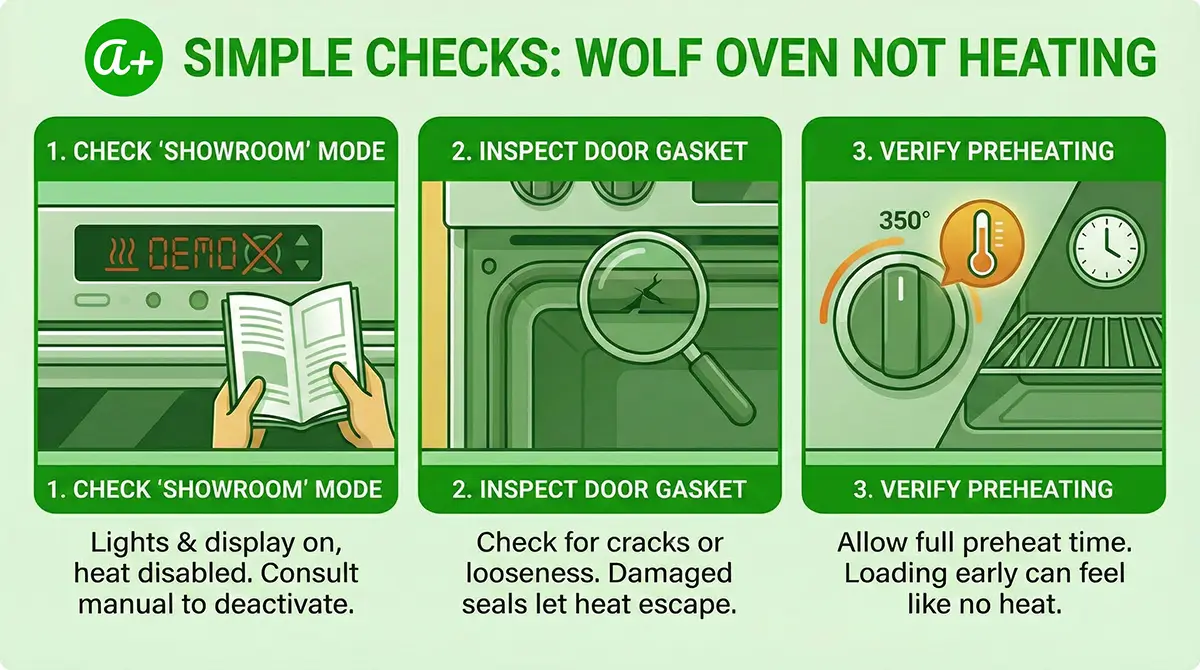
Simple Checks You Can Do First
Sometimes, the solution is simpler than you think. Before calling for a repair service, check these common issues that can prevent your unit from heating.
- Check for "Showroom" Mode: One of the most common reasons a new Wolf oven won't heat is that it is stuck in "Showroom" or "Demo" mode. In this state, the lights and display work, but the heating elements are disabled. Consult your manual to find the specific button combination to deactivate this mode.
- Inspect the Door Gasket: Heat retention is vital. Check the fiberglass or rubber seal around the door. If it is cracked, torn, or loose, heat will escape. This forces the oven to work harder and prevents it from heating properly.
- Verify Preheating: Always allow the Wolf oven to preheat fully. If you load food too early, it may seem like the unit isn't heating. Note that 208-volt installations and liquid propane (LP) models often take longer to preheat than standard 240-volt natural gas models.
Checking the Gas or Power Supply
If the settings are correct but the unit is still not heating properly, the next step is to ensure it is receiving the proper energy supply.
- Electric Ovens: These require a dedicated 240-volt power supply. Check your home's circuit breaker. If the breaker trips repeatedly, you likely have an underlying electrical issue that requires a professional repair service.
- Gas Ovens: These need a 120-volt supply for the electronics and a steady gas flow. If you suspect a gas leak—indicated by the smell of sulfur or rotten eggs—turn off the main gas valve immediately. Do not attempt to repair a gas leak yourself; this is a dangerous situation where you must get your appliance serviced by a professional immediately.
Common Component Failures
If the simple checks do not solve the problem, the issue is likely a faulty internal component. These repairs involve complex systems and usually require a skilled repair service to resolve safely.
- Defective Heating Element: In an electric unit, look for the baking element at the bottom or the broil element at the top. If you see blisters, cracks, or breaks in the coil, the part has failed. This damage prevents the unit from heating properly and requires replacement.
- Faulty Igniter: In a gas Wolf oven, the igniter is the most common culprit. It must get hot enough to open the safety valve. If you hear the gas click on but it doesn't ignite after 90 seconds, it is time to have the appliance serviced.
- Convection Fan Failure: If your food is cooking unevenly or taking too long, the convection fan motor may have burned out. This fan is responsible for circulating hot air to ensure consistent temperatures.
- Thermostat or Sensor Issues: If the oven heats up but the temperature is wildly inaccurate, the temperature sensor may be touching the oven wall or may have failed electronically. This indicates you need to get the appliance serviced to recalibrate the sensors.

Why Professional Repair is Essential
While it can be tempting to try a DIY solution, a luxury appliance is a complex piece of equipment. Attempting to fix Wolf oven components yourself can lead to further damage, void your warranty, and create serious safety risks.
At A+ Appliance Repair and Maintenance, our certified technicians have the specialized tools and access to genuine manufacturer parts to do the job correctly. We offer honest, upfront pricing and back our work with a full warranty. When you have your appliance serviced by our team, you get peace of mind that your investment is protected. Don't let a heating issue compromise your cooking; contact our expert repair service today to schedule your appointment.


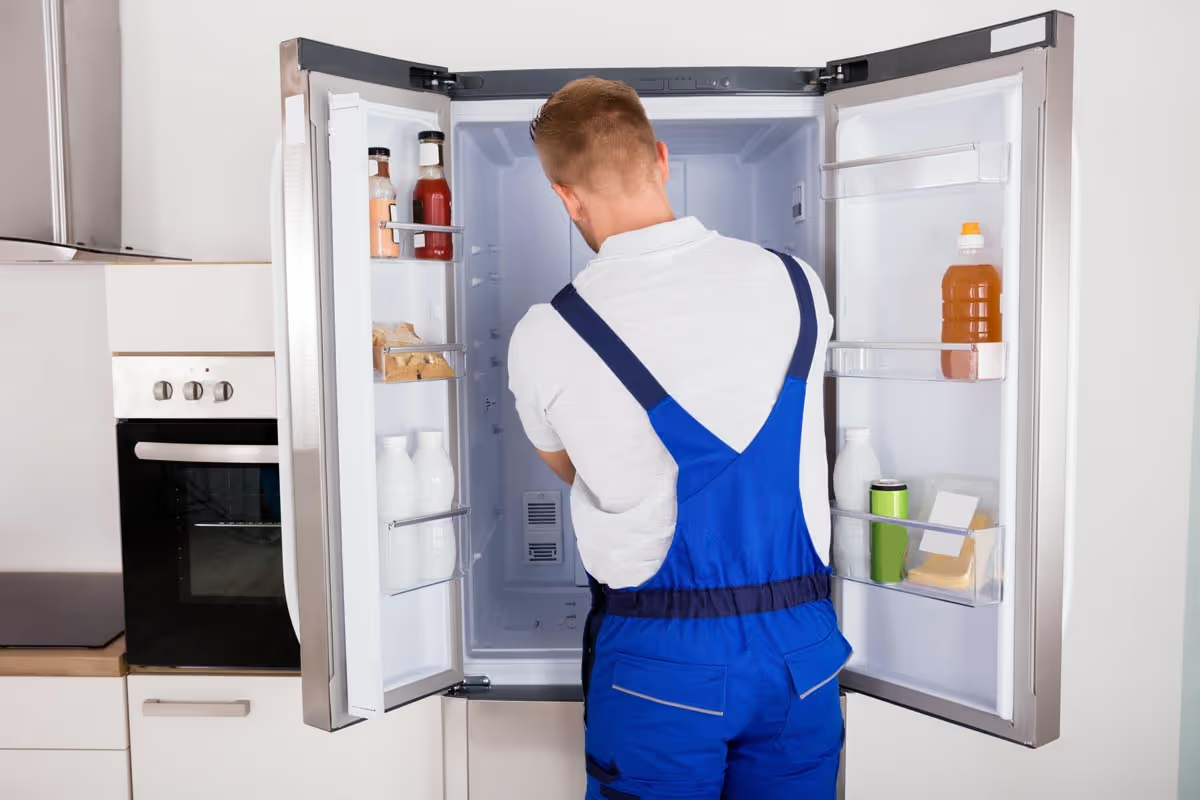
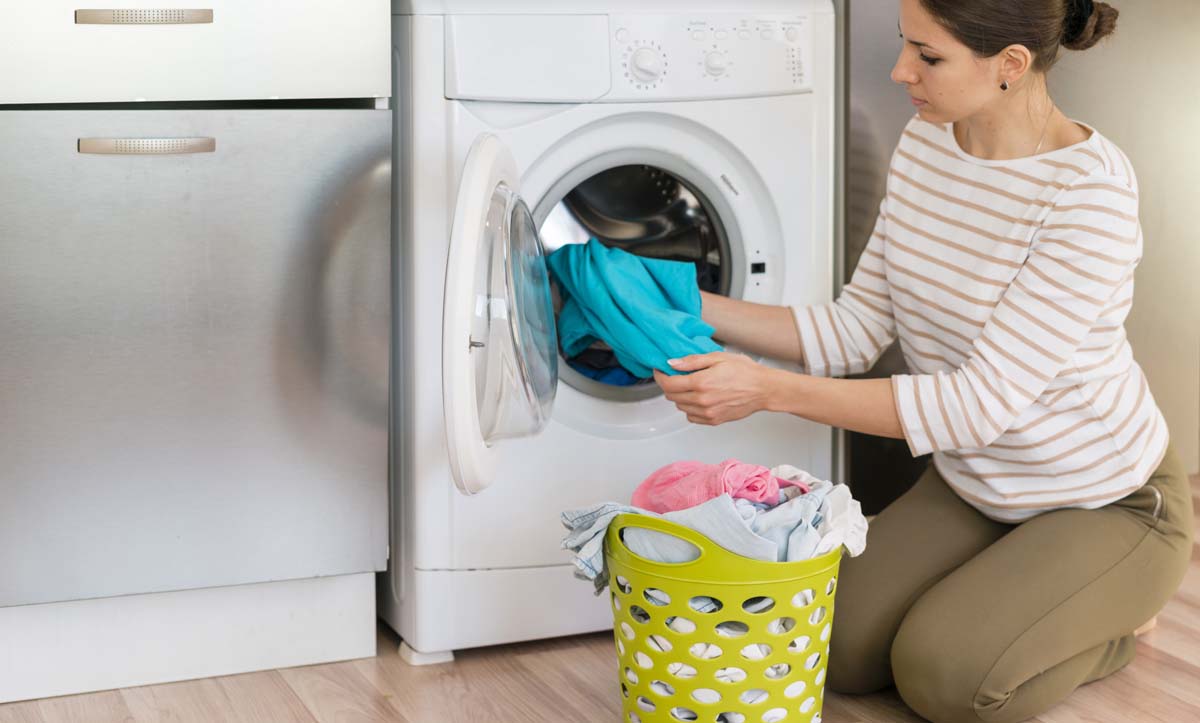
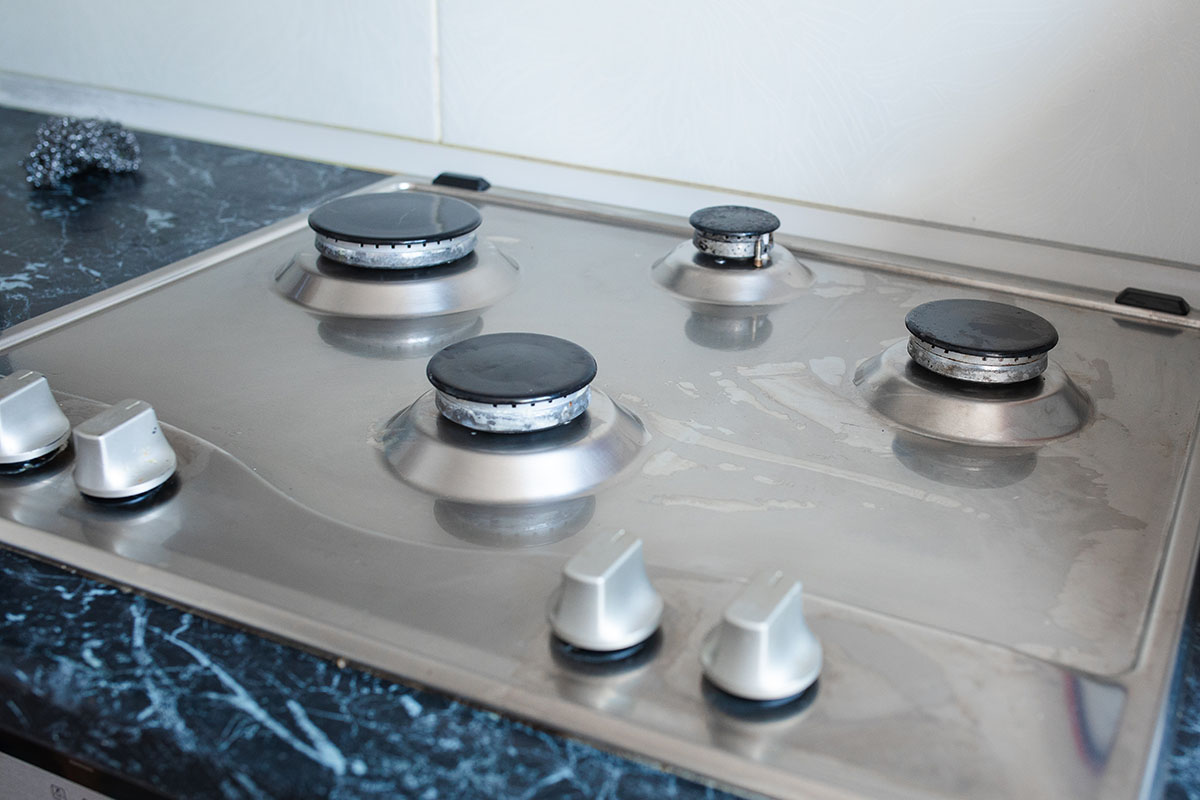

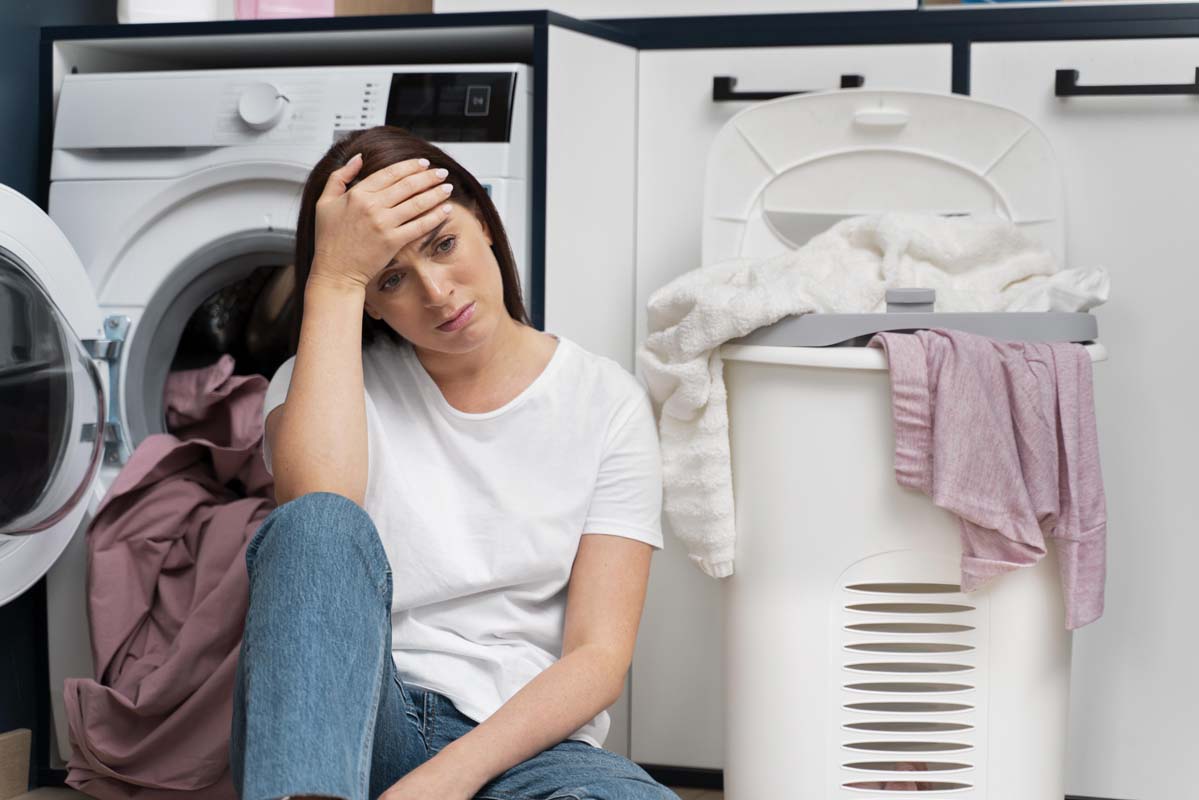











.svg)


















.avif)




.svg.avif)

.avif)
.avif)











.avif)








.avif)




.avif)



.avif)




.avif)





.webp)



.avif)
.avif)
.avif)
.avif)
.avif)
.avif)
.avif)
.avif)
.avif)